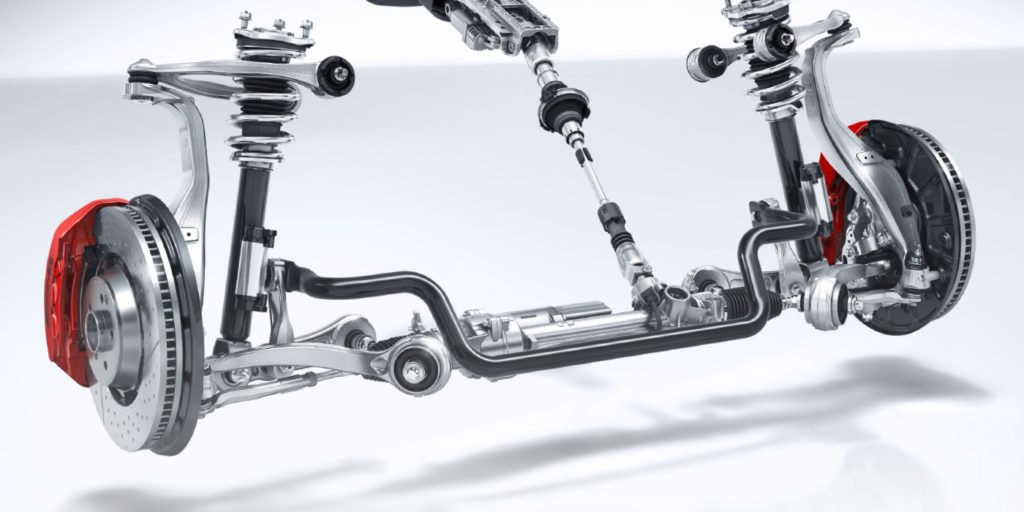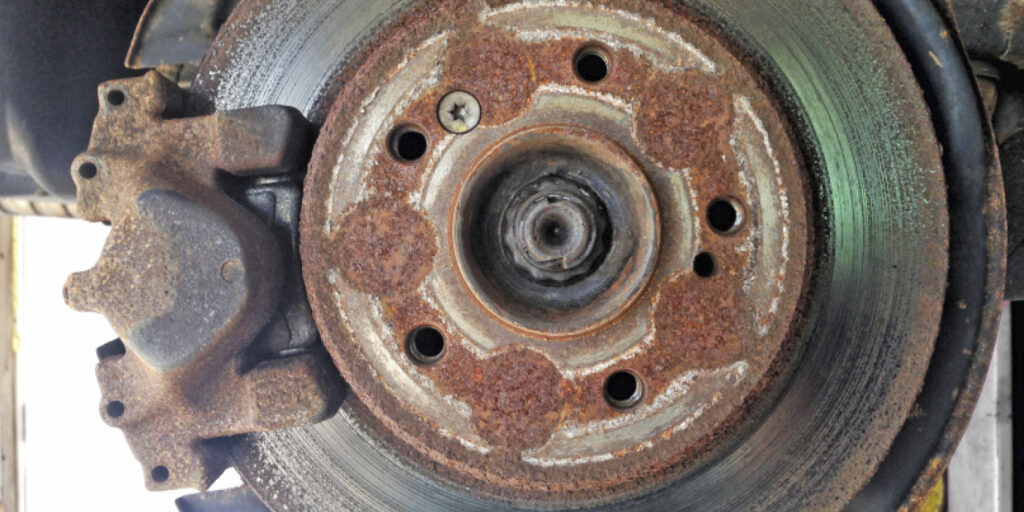Electric power steering was once a technology found on exotic rear engine supercars. In the late 1980s, many cars now had wide front tires and it was difficult to route hydraulic lines from the engine bay to the front of the vehicle and the rack.
Many of the first systems were electro-hydraulic with a electric motor powering a hydraulic pump. Eventually, many manufacturers were able to attach the electric motor to the rack or steering column.
This technology eventually made its way to cars and even trucks. But, for these vehicles electric power steering improved fuel economy and simplified the drive belt system.
Diagnosing electric power steering systems requires an understanding of voltage, current and loads. Also, a technician must understand how the modules and sensors work together to determine the level of assist.
The Motor
Most electric power steering systems use a three-phase electric motor powered by a pulse width modulated DC voltage. The motor is brushless and has an operating voltage range of 9 to 16 volts. Three-phase motors allow for faster and more precise application of torque at low RPM.
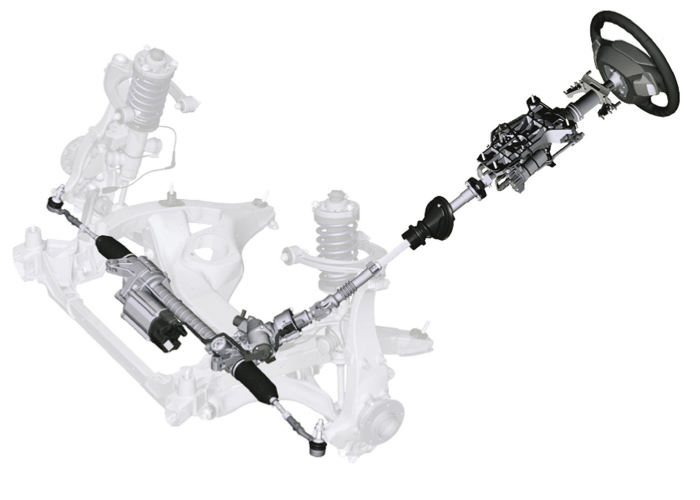
The motor uses a rotational sensor that determines the position of the motor. On some systems, if the module is replaced or the toe has been changed, the end stops of the steering system must be learned so the motor does not push the rack past the maximum steering angle. This might be an additional step on top of calibrating the steering angle sensor. The motor can be connected to the steering rack or column. Today, more vehicles are using motors that are mounted to the base of the steering gear or on the opposite end of the rack.
The Module
An electric power steering module is more than just a circuit board and connectors in an aluminum box. The module contains the drivers, signal generators and MOSFET switches that power and control the electric motor. The module also contains a current monitor circuit that measures the amps the motor is using. The current monitor and other inputs to determine the temperature of the motor using an algorithm that even factors in the ambient temperatures.
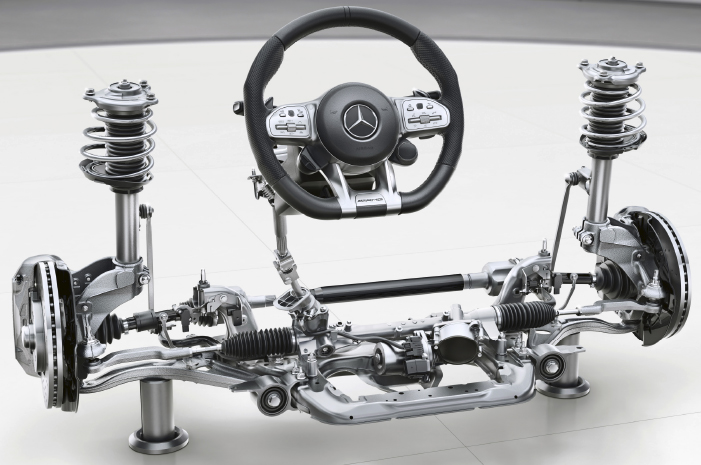
If the system detects a condition that could cause the motor to overheat, the module will reduce the amount of current going to the motor. The system might go into a fail-safe mode, generate a DTC and alert the driver with a warning light or message.
Sensor Inputs
Measuring the steering wheel position angle and rate of turn provide critical information for electric power steering systems. The scan tool will typically display this information in degrees. The steering angle sensor (SAS) is typically a part of a sensor cluster in the steering column. The sensor cluster will always have more than one steering position sensor: Some sensor clusters have three sensors to confirm the data. Some SAS clusters and sensor modules are connected to a Controller Area Network (CAN) bus. The SAS module or cluster can be connected directly to the ABS/ESC module on a CAN bus, or it can be part of the overall CAN Network in a loop that connects various modules in the vehicle.
The steering torque sensor measures the steering force applied by the driver and enables sensitive control of the electric steering support. It serves the same function as a spool valve in a hydraulic power steering system.
The Network
The electric power steering system is typically part of the Hi-Speed CAN bus on the vehicle. On this network is the ECM for the engine and ABS/stability control system. These modules share information for vehicle speed, steering angle and engine operation. Other information like ambient temperature is shared through gateway modules like the instrument cluster.
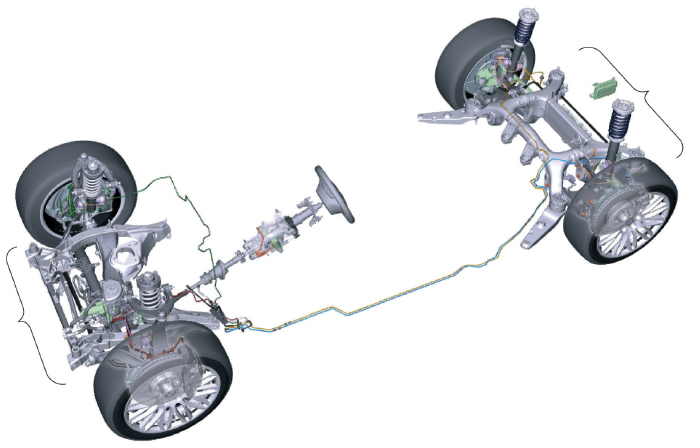
The shared information can be used to solve mechanical problems like torque steer experienced by front-wheel-drive vehicles. The ECM might receive the input from the throttle pedal, indicating the driver wants wide-open throttle while the vehicle is at a low speed. The information could be used by the power steering module to add specific levels of torque to counteract torque steer. The ABS module can also apply the brakes to steer the vehicle.
Software
The electric power steering system has sophisticated software that can regulate not only the amount of assist, but also how the steering feels to the driver. The software also regulates the temperature of the motor. OEMs will often release updates for the power steering module. These update can help to resolve intermittent problems and codes that could cause the light to come on and make the system enter into a fail-safe mode.
Returning to Center
Electric power steering can help return the steering to the center after completing a turn. Information from the steering position sensor prevents the system from “overshooting” the center position. This feature is critical with today’s vehicles with large diameter rims. The return function allows for less positive caster to increase vehicle stability and improve steering feel.
Dampening Bumps
Electric power steering can help to dampen shocks in the steering wheel due to irregularities in the road. It uses speed and steering wheel position information to determine the amount of dampening. Sometimes the steering would enter this mode while the vehicle was parked with the engine on and the driver might notice small movements in the wheel.
Pull Compensation
A small pull caused by the tires, road crown and loads can be eliminated by the electric power steering system. The motor can help to push against the pull. Some systems will learn how a vehicle is pulling. Eventually, the system will automatically compensate. You can clear this learned compensation with a scan tool.
Autonomous Steering
With more accurate data and faster modules, the electric motor on the rack is doing a lot more than just assisting the driver. With just a few more sensors and new software, the vehicle can become self-steering.
Can’t parallel park? Mount some proximity sensors in the bumpers that can be used for a parking assist system that can parallel park a vehicle. All the driver has to do is operate the gas and brake.
Add front and rear cameras and proximity sensors to the side-view mirrors and you have a lane departure system that can tell when the vehicle is drifting out of its lane. Mild systems can shake the wheel like they are hitting an imaginary rumble strip; more aggressive systems can take action and steer the vehicle back into the lane.
Diagnostics
Electric power steering systems can’t typically be fixed by throwing parts at the problem. The rack and module can be very expensive to replace. Steering angle and torque sensors are difficult to swap due to their position on the steering column.
The best approach to diagnose these systems is to look at the inputs, codes and the network through a scan tool even before a physical inspection of the components. You need to look at the data from the sensors to make sure they are not giving erroneous information. Also, look at the other modules on the CAN bus to see if they are communicating. Missing pieces of data like vehicle speed or yaw can cause the system to go into a fail-safe mode.
Next-Generation Power Steering
Ford, Audi, Mercedes-Benz, Honda and GM are introducing steering systems with variable ratios on some platforms. Some automakers are also calling this adaptive steering.
Variable ratio steering changes the relationship between the driver’s actions at the steering wheel and how much the front wheels turn. With variable ratio steering, the ratio continually changes with vehicle speed, optimizing the steering response in all conditions.
At lower speeds, such as when pulling into a parking space or maneuvering in tight areas, fewer turns of the steering wheel are required. Adaptive steering makes the vehicle more agile and easier to turn as it dials more steering into the road wheel.
At highway speeds, the system optimizes steering response, letting the vehicle react more smoothly to each steering input. Systems from Ford and Mercedes-Benz use a precision-controlled actuator placed inside the steering wheel, and require making no changes to a vehicle’s traditional steering system.
The actuator is an electric motor and gearing system that can essentially add to or subtract from a driver’s steering inputs. The result is a better driving experience at all speeds, regardless of vehicle size or class.

